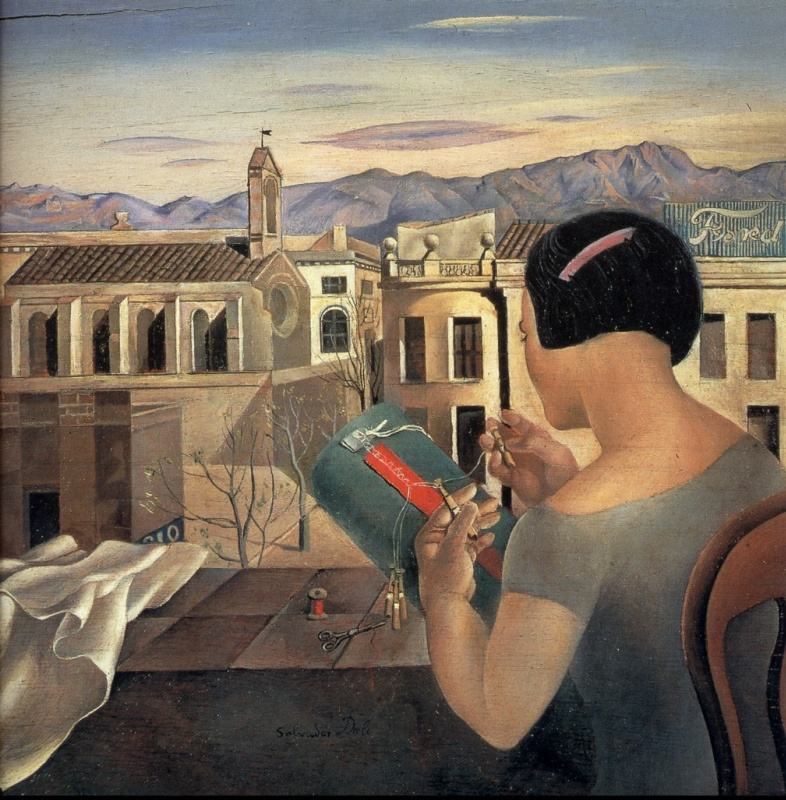log in
Enter site
Login to use Arthive functionality to the maximum
log in
publish
Artworks
Artistes
Musées et galeries
Publications
Products and prices
Женщина у окна в Фигерасе
Salvador Dali • Peinture, 1926, 21.5×21 cm

À propos de l'œuvre
Type d'art: Peinture
Sujet et objets: Scène de genre, Paysage urbain
Courant artistique: Le surréalisme
Technique: Le beurre
Ressources: La toile
Date de création: 1926
Taille: 21.5×21 cm
Région: Figueras
Localisation: Le théâtre-musée Dalí, Figueras
Œuvre dans les sélections: 7 selections
Pour le moment cette œuvre n'a pas de descriptif. Il est possible qu'il apparaisse plus tard. Suivez les mises à jour dans Artchive.
Commentaires
Pour laisser un commentaire se connecter ou créez un compte.
À propos d'Artchive
Options d'Artchive
Applications et services
We’re on social media and chats

